
There are so many lessons that we can learn from a seed sprout.
If we truly think about it, there is so much that happens long before the sprout ever comes into being that makes the sprout possible. There is preparation and tending, nurturing and patience, that goes into cultivating the conditions to make germination a reality.
And, while most of this post will be in relation to garden tending and human cooperation with the plants, we can also observe how these very principles apply in nature as well.
Seeds are incredibly fascinating, in that they themselves are often vessels for the beginnings of life. To ensure success for future generations of plants, Nature has continually adapted, given intention, and evolved to give seeds the best chance to fit into their environment. For example, we see the wings created by the mighty maple tree or the sweet wispy umbrellas of the dandelion that allow seedlings to travel on the winds gently and to great lengths. Or we can witness the cranesbill plant, which has actually evolved to slingshot seedlings through the air to help create new populations instead of overcrowding existing ones. We can be mesmerized by the Ponderosa pine, whose seeds are nested in protective cones, needing fire to explode open and spread, much like the powerful phoenix rises from the ashes. We can be curious about the seeds that prosper best in the very top inches of the soil versus those that prefer to be nestled in the deep, dark depths, communing with roots and earthworms.
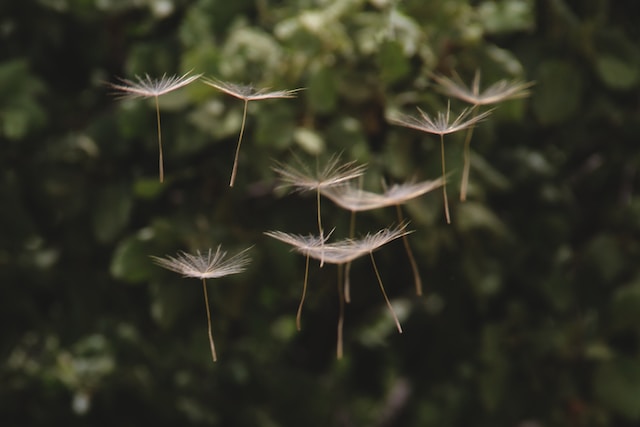
Perhaps this is our first lesson and reflection; when we are planting seeds in our own lives – are we doing so with thought and intention? With mindful planning, and taking into consideration how we are creating an environment that will allow the sprouts to grow?
Seeds as Teacher
It is quite easy for us to disregard seeds and seedlings. Perhaps we may even find ourselves impatient as seedlings begin, hoping for the mighty oak they will one day become over many decades and generations. Or perhaps we may dream of the blue ribbon hanging proudly beneath the luscious tomato we hope our plant will soon produce.
Most often, a plant grabs most of our attention in its mature, adult form. This is when it has bright, blooming flowers that catch our eye, are producing fruit that we use to feed our families, or have grown thick roots that we use to create our medicine.
And yet, what if it is the small, often minute, seed that can be one of our greatest teachers?
Lesson from Seeds:
Without Darkness, There Cannot be Light
One vital lesson that we can observe in seeds was understood by our ancestors on a deep level. We see this lesson interwoven in the ancient Greek mythology of Persephone, or in the mystical Mesopotamian legend of Inanna, examples of goddesses who learned their greatest lessons by embracing death, and who emerged stronger after experiencing the Underworld.
Seeds are a metaphor for this as well, for they cannot emerge without the Underworld. Seeds are often produced in the final stages of the adult plant’s life cycle, a product of Sacred Death making way for the new beginnings of life. Seeds require darkness before light, and rise from time spent going inward in the depths of the nurturing arms of soil. Seeds do not emerge until they are truly ready, when the conditions are right for them to grow and embrace the light to continue to strengthen and stand tall.
This is a powerful lesson in a world that tends to only focus on the light. While it is important to look for the positive, and for areas of expansion, if we only do so, we will burn out. Like seeds, we too are beings of complexity, dancing in many shades of this duality. We too, require seasons of turning inward and of reflection. By building awareness of our shadow and how to address those parts that we would rather stay in the underworld, we only continue to cultivate a situation where we can stand taller in the light.

Lesson from Seeds:
Blossom Where You Are Planted
If you are someone who has experienced starting seeds for a garden, it can oftentimes feel like conditions need to be absolutely perfect for germination to truly happen. And yet, Nature can continue to surprise us. Perhaps we stumble across a volunteer pepper plant that seems to materialize against all odds in our garden bed after many seasons. We battle weeds that seem to persevere despite all of our best efforts to suppress them. Or on many a hike, we sit in awe of that pine tree that seems to cling to a rock on a steep cliffside, wondering how a towering giant can exist there where there is seemingly no soil to have supported it in the first place?
This is a lesson from seeds we can embrace with a sense of humor. Life is an ebb and a flow, and it is important to recognize that there will inevitably be things outside of our control. For example, a dandelion seed may blow in the wind, but may not always have a say in where it lands. It may be fortunate enough to land in a lush meadow, far from any potential disturbance or discomfort. However, it may also very well land in a crack of cement on a sidewalk near a busy intersection! We too, experience seasons of life in which we may not love everything about our environment, but yet, we can be empowered in knowing we are resilient and have what we need within us to still thrive despite the odds that are stacked against us. We can still choose to bloom and contribute to the community around us, even when it doesn’t quite feel like we belong, and we can write our own story. And if we think about it, that’s the magic of the dandelion – within the next season, she floats away to somewhere new to try again!
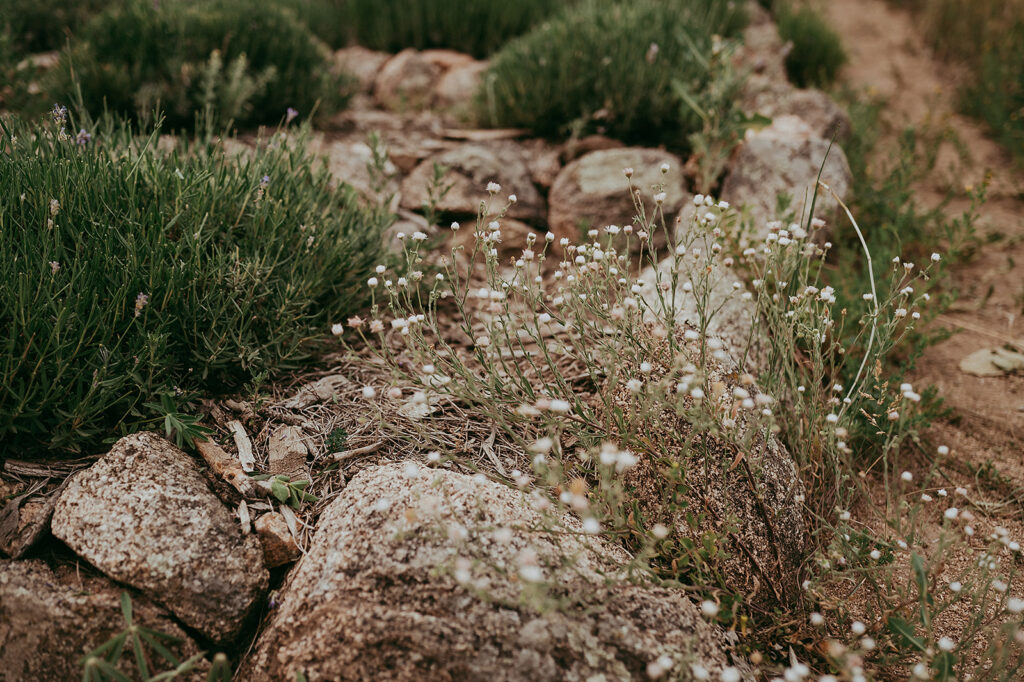
Lesson from Seeds:
It is Okay to Take Your Time
Seeds operate from two, while cliche, important life lessons: Patience is a virtue, and others’ expectations of you are none of your business!
The mighty oak does not care that it takes several human life times to get to maturity, it simply grows on its own time. It does not rush, and as a result, we often find ourselves enchanted by the ways the oak towers above us, and the durability of its wood. It is a tree that holds deep wisdom, for it has experienced much change, more than we could ever comprehend!
And, on a smaller scale, even the seeds that germinate in our gardens do not operate by a rigid schedule. Some germinate faster than others, when it is best for them. They do not always germinate when or how we expect them to, and this is a lesson we could embrace ourselves. We are responsible for our growth, and our growth only, and we do not need to allow our journey to be impacted by the opinions of those around us. Our journey happens in our own time, and that is a beautiful thing!
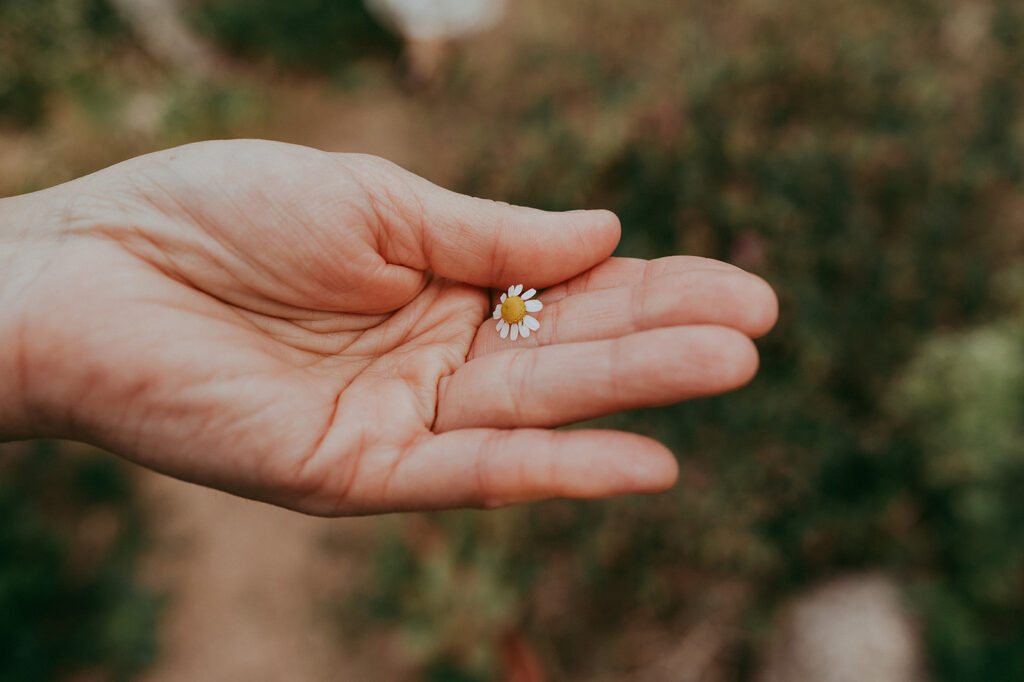
Co-Creating with Seeds
If you find that you are as inspired by the humble seed as we are, perhaps you feel inclined to work with seeds yourself! This is a magical way to deepen your relationship with plants, for there is truly not a one-size-fits-all approach to starting seeds, and there is always much that can be learned! Embracing the perspective we encourage of seeds as teacher can also help to continually foster a lifestyle as a lifelong learner, and perhaps you can also add to our list of Lessons from Seeds!
If working with seeds is something that interests you, here are some tips to get you started in the right direction!
Purchase Quality Seeds
A surefire way to ensure success when starting seeds is to ensure that the seeds you are purchasing are of good quality. If they are not, no amount of nutrient rich soil or good lighting will help, for the seeds simply will not be able to germinate due to such things as rot, deformities, or disease. If it is available to you, perhaps you purchase seeds that are local where growers have taken care to help seeds adapt to your region and growing conditions. Seeds can also be secured at local seed swaps!
Be on the lookout, for we will have medicinal herb seeds available in the shop soon! Sign up for our newsletter so you know when they are here!
Learn Terminology
Starting seeds can be overwhelming, for the learning curve can be a little steep when you’re starting out. A good starting task is to familiarize yourself with terminology used when seed starting. This will help you to understand what seeds need to successfully germinate. For example, some seeds, particularly many of those for medicinal herbs, require what is known as “cold stratification.” This means that seeds require the imitation of being in the soil over winter in order to germinate, so you may actually be most successful starting them in your fridge! Other seeds require what is known as “scouring” which means they are seeds that typically move through the digestive tract of an animal, so you may need to apply sandpaper to the coarse outer shell for a seed to germinate. Learning these terms will help you to know what steps need to be taken in addition to soil and light for success.
Preparation
Like many things with gardening, preparation is key. This will help alleviate feelings of overwhelm, and help to minimize potential frustration. Before you begin, it is important to understand what your seeds will require to successfully germinate, including time, soil type, and lighting requirements. For example, pepper seeds prefer warmth, so if this is something you want to do, it may require a heating mat or a seed cover. Additionally, some plants, such as blueberries, prefer soil with a little sulfur, which may require you to purchase something other than a standard seed-starting soil mix. Doing some research and having the materials on hand prior to planting your seeds will set you off on the right foot! We like to start our seeds inside on mats like this one.
Environment and Timing
A final tip that can help ensure success is to encourage starting seeds that are going to be successful in the environment in which you live, and at the right time. First, think about what plants you actually want to work with – do you want an herb garden, a vegetable garden, flowers? It can be easy to get excited and buy a ton of different types of seeds, however, some seeds may not grow well in your region (for example, a lemon tree is not going to thrive well in a colder climate). When doing your research, also look up your growing zone. This will help you to know not only what to plant, but when – for nothing is more disappointing than starting seeds only to have them succumb to a frost that’s later than you anticipated!
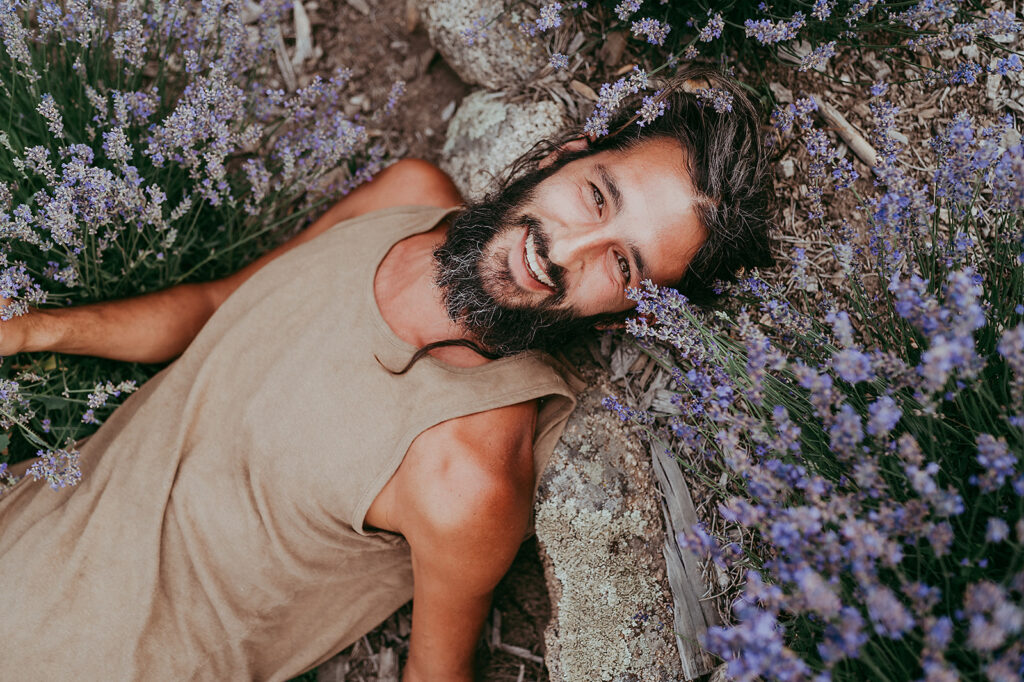
We hope you enjoy your day dear readers, and that you feel the warm sunshine on your face and have your fingers in the soil so very soon! We thank you for your generous curiosity, and hope that you look at seeds a little differently – they are so much more than meets the eye!
Browse by category
- Aromatherapy
- Astrology & Magic
- Ayurdeva
- Botany Foraging & Gardening
- Chakras
- Digestion
- Earth Connection
- Energetics
- Flower & Gem Essences
- Folk Traditions
- Herbalism & Holistic Health
- Immune Support
- Materia Medica
- Mushrooms
- Nutrition
- Seasonal Living: Autumn
- Seasonal Living: Moon
- Seasonal Living: Spring
- Seasonal Living: Summer
- Seasonal Living: Winter
- Skin & Body Care
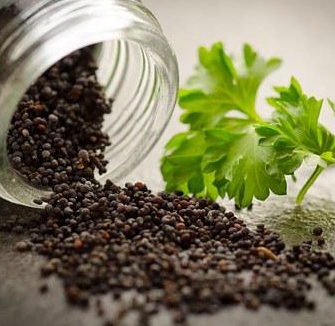
Don’t Miss a Thing!
Enter your email below to be the first to know about sales, new products and tips for taking care of your pieces.

